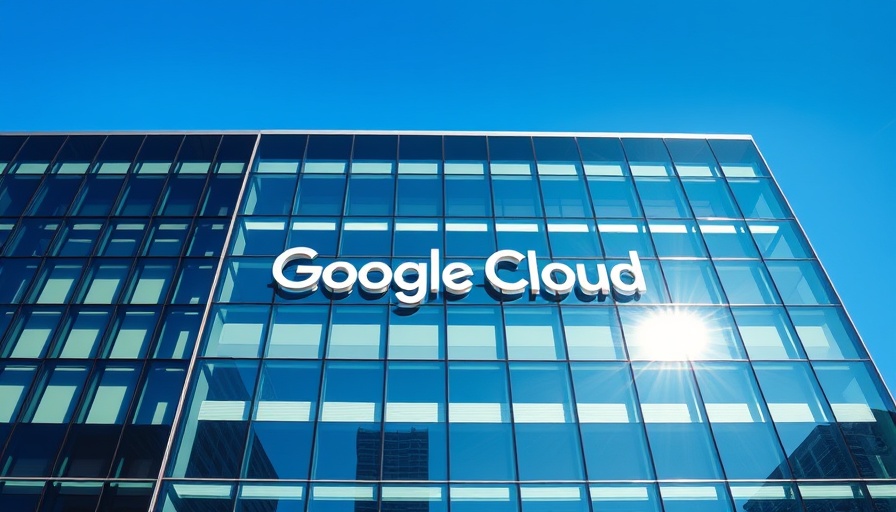
Understanding Google’s Growing Energy Demand
In an increasingly digital world, the electricity consumption of tech giants has become a critical topic. Google’s recent sustainability report revealed an alarming increase in the energy use of its data centers, which have more than doubled from 14.4 million megawatt-hours in 2020 to 30.8 million megawatt-hours in 2024. This surge emphasizes the challenges tech companies face in balancing expansive growth with sustainable practices.
What’s Fueling Google’s Data Centers?
As of 2024, a staggering 95.8% of Google’s total electricity budget was consumed by its data centers. This trend is indicative of the company’s aggressive expansion and increasing reliance on data for various services. With their energy requirements estimated at over 30 million megawatt-hours, its data centers are consuming more electricity than ever before, raising questions about sustainability in a tech-heavy future.
Efficiency Improvements: Has the Low-Hanging Fruit Been Picked?
Despite Google being recognized for its efforts in energy efficiency, the company has reached a plateau in its Power Usage Effectiveness (PUE), which was recently measured at 1.09. Although this number is close to the theoretical ideal of 1.0, improvements have become painfully slow, indicating that the most straightforward efficiency upgrades might already be exhausted. With rising energy needs, Google must seek innovative solutions to enhance energy efficiency further.
The Shift to Carbon-Free Energy Sources
In light of their increased energy consumption, Google remains steadfast in its commitment to powering operations exclusively with carbon-free energy sources. The company has diversified its energy portfolio by investing in various energy solutions, including enhanced geothermal systems, which capitalize on Earth's natural heat, and partnerships in nuclear energy. For instance, Google’s investment in Commonwealth Fusion Systems, a revolutionary venture in nuclear fusion, aims to produce cleaner energy in the coming decades.
The Wider Implications for the Tech Industry
As other companies observe Google’s energy trajectory, the implications are numerous. The tech industry is witnessing a critical necessity to embrace green energy innovations to combat rising energy demands and the associated carbon footprint. Experts emphasize that if major players like Google struggle to achieve sustainability amid exploding energy consumption demands, smaller companies might find themselves juggling similar challenges without the same resources.
Potential Solutions on the Horizon
Additionally, new technological advancements point toward more efficient energy management systems. Data center operators are beginning to leverage AI and machine learning approaches to optimize power usage dynamically. These technologies promise to offer real-time recommendations to improve energy efficiency further. As techniques evolve, the industry may see a substantial shift in energy consumption management.
The Future: Scaling Technology Sustainably
The approaching future showcases the need for a significant shift in the tech industry’s approach to energy consumption. With forecasts indicating continuous growth in data-related demands, stakeholders must collaborate to find novel solutions to meet these needs. The integration of carbon-free energy sources combined with cutting-edge technology will be paramount for achieving sustainable growth in the tech sector.
Final Thoughts: The Path to Sustainable Energy in Tech
While Google’s growing data center energy use highlights a broader issue in the tech industry, the path to sustainability through innovative energy solutions could pave the way for a brighter, greener technology future. As attention continues focusing on sustainable practices, industry leaders must act decisively to ensure they meet their energy needs responsibly.
 Add Row
Add Row  Add
Add 



Write A Comment